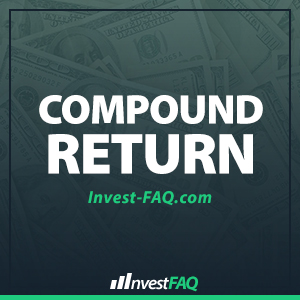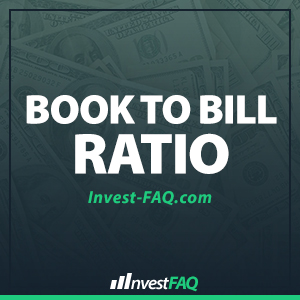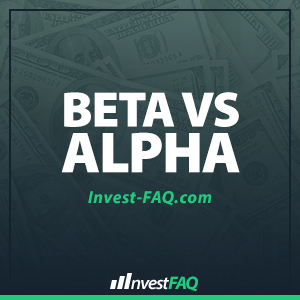What is a Compound Return? This article discusses how to compute the effective annual percentage rate earned by a single investment after a number of years have passed. A related concept called “average annual return” is frequently seen when reading about mutual funds but is computed very differently; it is discussed briefly at the end
Category: Investment Analysis
Book Value
What is Book Value? Book Value is the worth of an asset calculated by subtracting all liabilities associated with the asset from the historical cost. Book Value Formula Assets less Liabilities. The problem is Assets includes, as stated, existing land & buildings, inventory, cash in the bank, etc. held by the company. The problem in
Book-to-Bill Ratio
The book-to-bill ratio is the amount of business “booked” (orders taken) divided by the amount of business “billed” (products shipped and bills sent). A book-to-bill ratio of 1.0 implies incoming business = outgoing product. Often in downturns, the b-t-b drops to 0.9, sometimes even lower. A b-t-b of 1.1 or higher is very encouraging. Article
Beta vs Alpha in Investing – What’s the Difference?
What is Beta in Investing? Beta is the sensitivity of a stock’s returns to the returns on some market index (e.g., S&P 500). Beta values can be roughly characterized as follows: b less than 0 Negative beta is possible but not likely. People thought gold stocks should have negative betas but that hasn’t been true.
Annual Reports
What are Annual Reports? This article teaches the fundamentals of reading and understanding company annual reports, as paraphrased from the June 1994 Issue of “Better Investing” magazine, page 26. How to Read an Annual Report Start with the notes and read from back to front since the front is management fluff. Look for litigation that




